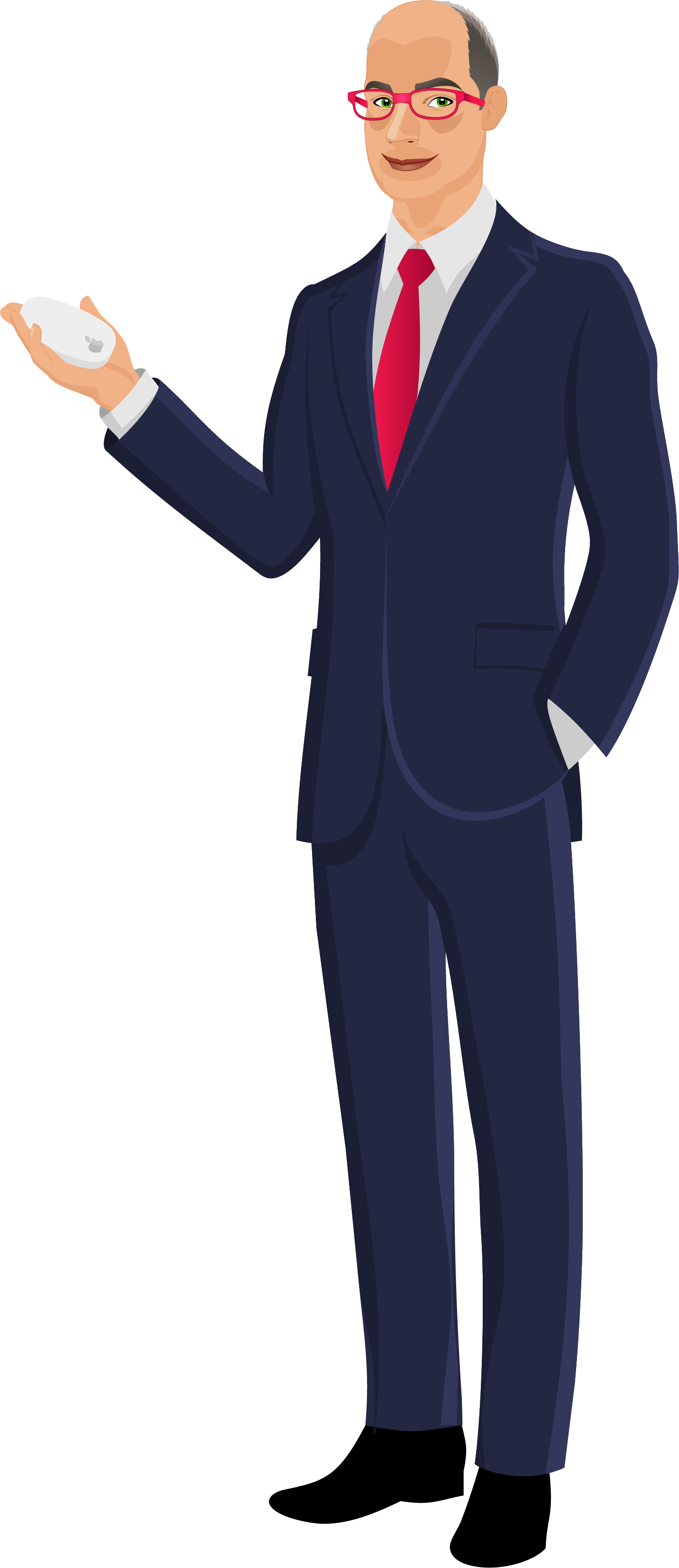How can we raise awareness of stress prevention?
Initial situation
Theresa lives with her partner in a patchwork family with 3 children. Her youngest daughter is 6. She works part-time as an occupational psychologist in a large energy supply company. Together with her 2 colleagues, also part-time, she is setting up the occupational psychology department. She travels around the company a lot to see how her colleagues are doing. Theresa is very aware of her colleagues’ stress, as she is often on the edge of her seat. Many tasks have to be completed at the same time and the workload is high. She wants to get her work done in the allotted time because she doesn’t want to add to her colleagues’ workload. But she also has to leave on time to fulfill family obligations.
She has to do a lot of educational work within the company, and if she is overworked, her colleagues take sick leave, work to rule or complain, which has a negative impact on the corporate culture. After all, the work has to be done and there is more and more of it.
Together with her colleagues, she has already come up with many offers, but many of the individual employee health measures are only partially accepted, perhaps because she can’t also take care of marketing, says Theresa.
Creating awareness of how to deal with stress safely? What helps?
Mia trains even harder and works on her perfect performance. Her trainer asks what else has changed in Mia’s life, because she seems much more stressed when she talks about the rehearsals together. Speaking of stress, valuable tips that could relieve stress quickly and efficiently could help Mia to regain her previously familiar performance. She uses a joint coaching session to work on individual solutions to gain more confidence:
1. Mia registers on betterlinked.eu and books herself an individual coaching session at her home to gain back her best performance .
2 We quickly realize that Mia suspects that the team structure is now “different” due to the absence caused by illness. There are no specific points that she can pinpoint, but Mia has the unspecific feeling that she can no longer show and use her own self in the same way as before. She is worried that she could be criticized, especially at a high position – which is always difficult – and fears negative consequences for her career. Unconsciously, she is now taking a step back, which prevents her voice from being fully heard. She is not happy with this herself.
3. We analyze the team and determine that the previous atmosphere in the team was based on support and mutual trust. “This is the only way we can get the best out of our team and make the musical a success for everyone.” Now there is uncertainty, nobody is talking about it openly, but small gestures such as silence, interrupted conversations and mini-gestures indicate to Mia that “uncertainty is in the air”. Due to the unforeseen absence, the team’s structure is no longer the same. It remains to be seen what will happen next.
4 The next step in the coaching is the joint search for a resource that fulfills Mia’s desire for a perfect vocal performance. We identify the resource “courage”, which will support Mia in living up and performing to her potential.
5. Together we research when Mia has shown a lot of courage in her life so far. Mia talks about a situation from her childhood: When she visited a water adventure park with a high water slide for the first time with her older siblings and her father, they all euphorically climbed up the high tower. Little Mia felt a little queasy at the top, but she didn’t dare pinch herself as she was sliding together with her father. Then it starts: Mia shrieks throughout the whole ride and throws her arms up in the air. She also does this when she talks about the experience during the coaching session.
6. I ask Mia to think of this situation, to raise her arms in the air as if she were sliding, and to sing the particularly difficult part in her piece. Mia hits every note unerringly and expressively. “It’s never sounded so great.” She repeats the part and can’t stop. During the joint coaching session, Mia learns how she can combine the resource of courage with the situation of “performing on stage”.
7. At the same time, Mia also asks the community for support. Perhaps there are other people who can give Mia tips on how to deal with uncertainty in the team. One user writes that she can understand Mia’s fear of criticism, as an artist she is very sensitive and so far mistakes have been dealt with constructively in a trusting environment. Learning and making mistakes are part of artistic development in a team. To be seen as “flawed” by others now in the transitional situation jeopardizes one’s own self-image. At the moment, with the unresolved succession situation, she can learn to manage uncertainty.
The increasing workload worries Theresa, as sickness rates are rising. In the team, she consults with her colleagues on how to reduce stress levels despite the high workload. Theresa and her team definitely need external support, as the three of them have too little time to deal with the different stress levels in the company.
1. They set out to find an offer that would tie up few of their own time resources, be sustainable and also be well received by the employees.
2. During her research, Theresa discovers the offer from betterlinked.eu. She books an appointment for an introduction. She and her colleagues are immediately impressed. The topic of stress is covered so comprehensively on the platform. With the many different formats, there is certainly something for all colleagues that they would like to use themselves.
3. In order to get the most out of their colleagues, Theresa and her colleagues decided on a two-stage approach. In the first step, they want to use workshops to show colleagues the various stress tips on site and thus raise awareness of active self-management in stressful situations.
4. In the meantime, Theresa continues to support the platform and obtains the approval of the management. The CEO is particularly concerned about the increasing number of absences due to illness.
5. He decides to present the platform to all employees at the next town hall meeting and actively motivate them to participate. He also involves the HR department in order to anchor the project in all team meetings. The marketing department is also brought on board and creative ideas are needed to remind employees to use preventative stress tips.
6. The varied and motivating presentation of the new offer, an anonymous platform for exchanging stress-related issues, arouses colleagues’ curiosity. Pioneers register and see that they are supported on the platform by a large number of experts who also pass on very appreciative questions and tips. They playfully try out the various options. Awareness of avoidable stress situations increases. Dealing with stress is increasingly improving. Colleagues find it particularly appreciative when they receive tips from other anonymous users. As they come from the same company, they know the environmental conditions and stressors exactly. This creates trust, solidarity and cohesion.
7. Changes are also soon noticeable in everyday working life within the company. Communication between colleagues has become more appreciative. Appreciation was actually the major shortcoming in the company. Colleagues have an immense workload and have the feeling that they are given even more work to do every day. Their achievements, on the other hand, are not recognized. Managers or colleagues from other departments only got in touch if incorrect documents were passed on or time limits were not met. Many employees had the feeling that no matter how much they worked, the mountain was getting bigger and bigger, so that they were no longer perceived or valued as a person. By taking part in the communication platform, they were asked to participate, listened to and their statements were taken seriously.
The result WIN – WIN – WIN
Conclusion
Employees are actively involved in finding solutions. Awareness is raised throughout the company of how to treat each other with respect despite the high workload and how employees can support each other in order to keep stress levels at an acceptable level. Less stressed employees work with a high level of commitment.


